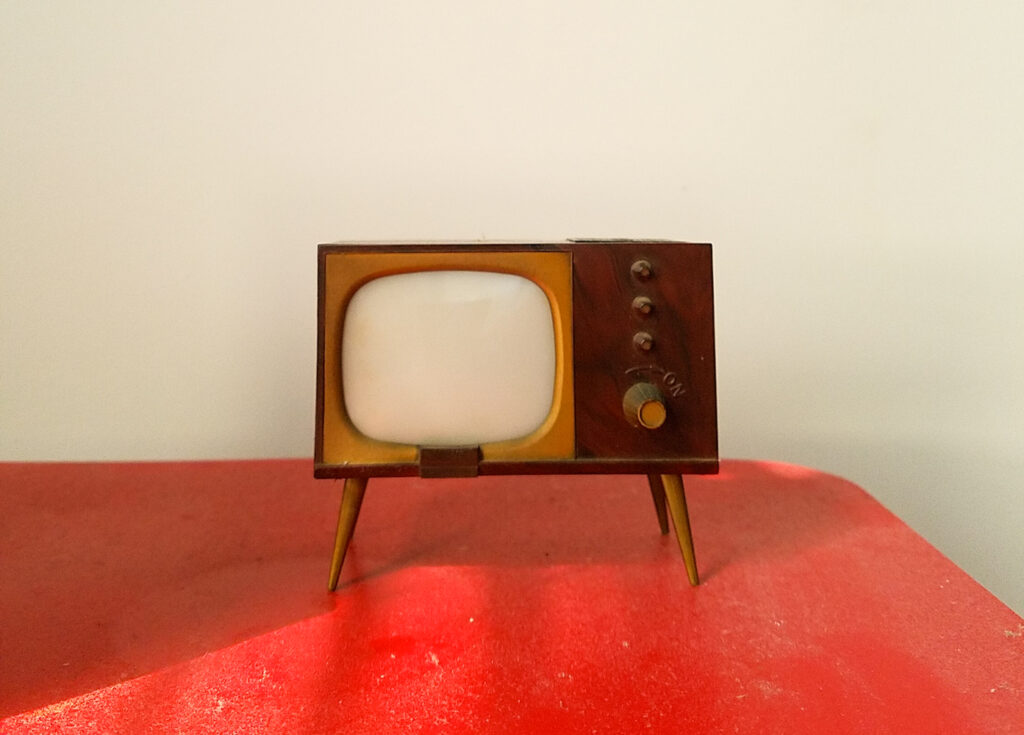As I sat after seeing Far from Heaven last night, the Question and Answer conversation took place between film critic Amy Taubin and cinematographer Ed Lachman. He spoke of color—not just as a visual element, but an unsettling tension, which is fascinating.
The saturated hues—greens, shadows, reds–is a reminder that beauty, as Ed says, isn’t always comfortable, but is like a veil over something more turbulent. He invokes Fassbinder, the German filmmaker who turned melodrama into repressive emotional turmoil using, among other things, lush, hypnotic images and color of dissonance.
Listening, I realize that Far from Heaven doesn’t just borrow the aesthetic of Douglas Sirk; it is turned into a seductive deceptive weapon. The cinematographer speaks of how Todd Haynes and he used the color palette to amplify the feeling of suffocation, how a world so immaculately composed can also be one that entraps. The beauty of the frame becomes a kind of prison— like in Sirk, like in Fassbinder.
But as I rewatched the film, I thought also of William Eggleston. The film’s color—its striking use of everyday hues heightened to something uncanny—reminds me of Eggleston’s photographs. It is in mundane moments, like an empty diner, a tricycle on pavement, that feels an unseen tension.
I photograph at night, where colors take on an entirely different dimension. They are mostly alien, intimate and strange. Watching Far from Heaven, I was struck by how its color functioned in a similar way. The gels on lights and overexposing the negative don’t just decorate the frame, they define the atmosphere of an emotional landscape.
Eggleston’s America—stilled, hyper-real, both intimate and alien—feels like it could live in the interiors of Far from Heaven. But perhaps, in the hands of Ed Lachman and Haynes, color serves a different function. In Far from Heaven, it isn’t just about seeing the beauty in the mundane; it’s about realizing that beauty itself can be oppressive, a structure as rigid as the era it captures.
As a photographer, this lingers for me. How does an image hold a contradiction? How does beauty contain its own undoing? I think of the way light can reveal and obscure at once, how the colors we choose aren’t just aesthetic, but emotional, ideological. Maybe this is what draws me to photography in the first place—the search for an image that can both beckon and disturb, that can be lush yet laced with unease.
Tonight, the screen flickered with something more than just story—it was a world painted with precision, yet cracking at the edges. That is the power of color.





Comments are closed.